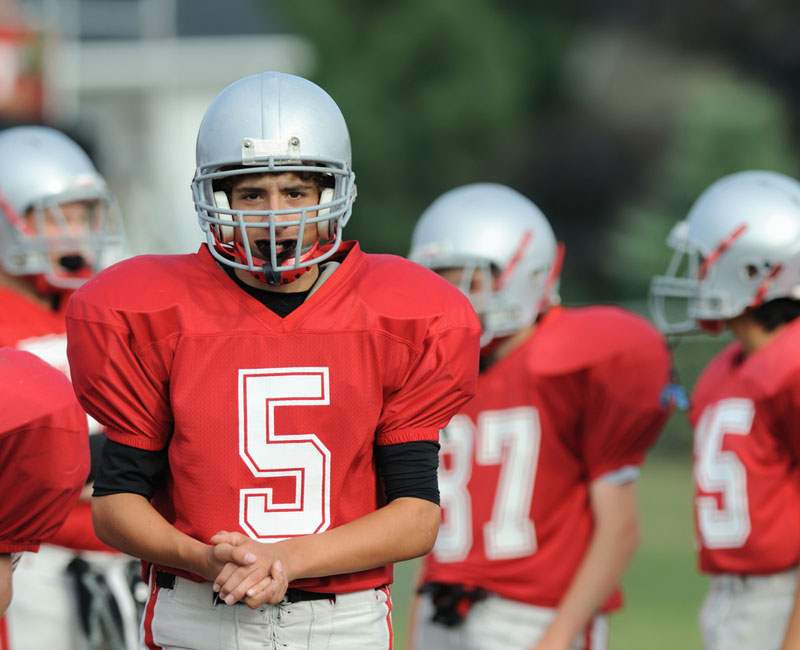Retired NFL Players Show 'Pronounced' Brain Abnormalities

There's been much debate over the brain damage football can cause, and now a new study provides evidence that professional football players have brain abnormalities.
Brain scans of retired National Football League players revealed the athletes are more likely to suffer disruptions in executive brain function, which is high-level control of other brain activity. And players who suffered the most head injuries during their careers had the most abnormalities, researchers found.
"The NFL alumni showed some of the most pronounced abnormalities in brain activity that I have ever seen," study leader Dr. Adam Hampshire, of Imperial College London, said in a statement. [10 Things You Didn't Know About the Brain]
However, the study's biggest limitation is the fact that it compared injured football players to healthy non-players, instead of comparing the players before and after their injuries, said physiologist Damir Janigro of the Cleveland Clinic in Ohio, who was not involved in the research.
Previous research has linked playing football with developing neurodegenerative diseases. Retired players ages 30 to 49 are 20 times more likely than people in the general population to be diagnosed with dementia, Alzheimer's disease or other memory disorders, according to an NFL-commissioned report.
Another study reported that 89 percent of a nonrandom sample of NFL alumni showed evidence of chronic traumatic encephalopathy (CTE), a progressive neural disease marked by behavioral changes, memory problems and Parkinson's symptoms.
But many sports-induced neurological problems don't show up on a clinical test, as no reliable method exists for detecting and monitoring mild traumatic brain injuries while a person is alive.
Get the world’s most fascinating discoveries delivered straight to your inbox.
For the new study, Hampshire and his team recruited 13 retired National Football League players and 60 healthy volunteers. They put participants in a functional magnetic resonance imaging (fMRI) machine and had them perform a task that involved arranging colored balls in a set of tubes in the fewest possible steps.
The researchers looked at brain activity in the participants' frontal lobe, where executive function takes place.
The retired NFL players performed slightly worse on the task compared with the other volunteers. But the football players' brains revealed much higher activation and connectivity in their frontal lobe, compared with the brains of the others. The researchers saw the biggest brain abnormalities in players who reported being removed from play the most times due to head injuries.
"It is highly likely that damage caused by blows to the head accumulate towards an executive impairment in later life," Hampshire said in the statement.
The findings, detailed online today (Oct. 17) in the journal Scientific Reports, suggest that NFL players may be more likely to develop problems with executive brain function, which can cause difficulties in everyday life.
"The study is a very carefully crafted piece of work," Janigro told LiveScience, but said that the lack of data on the players' brain function prior to injury is the study's fatal flaw. The NFL players' brains may have shown different frontal lobe activity even prior to injury. "It could be why they are good football players," Janigro said.
The researchers acknowledge that more players must be tested and tracked using brain imaging over the course of several seasons to fully understand the brain deficits football injuries cause.
Editor's Note: This article was updated at 2:20 p.m. ET Oct. 17 to include a citation for the study.
Follow Tanya Lewis on Twitter and Google+. Follow us @livescience, Facebook & Google+. Original article on LiveScience.



